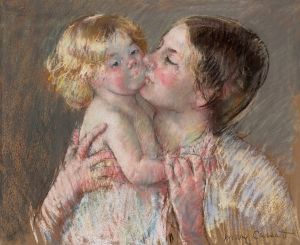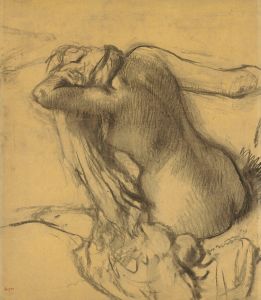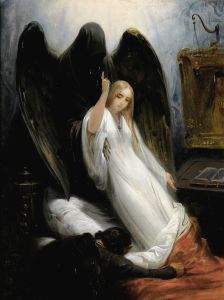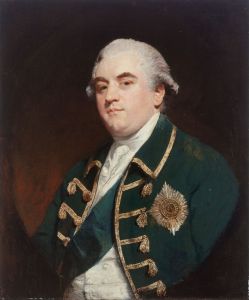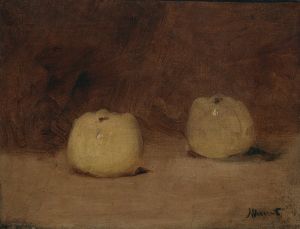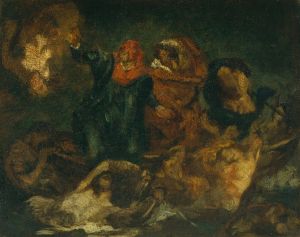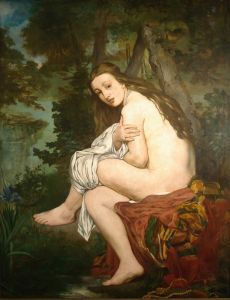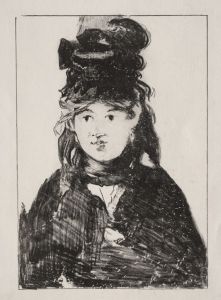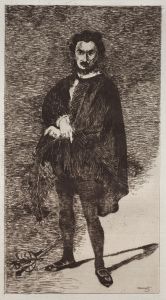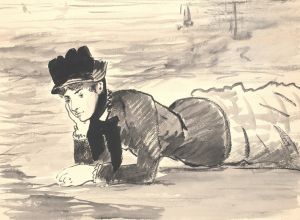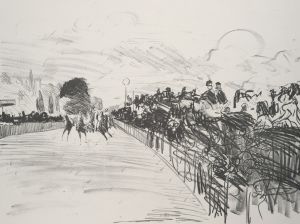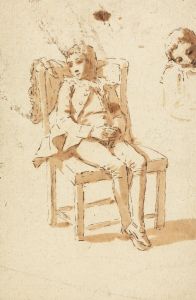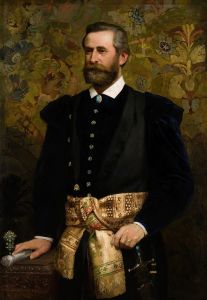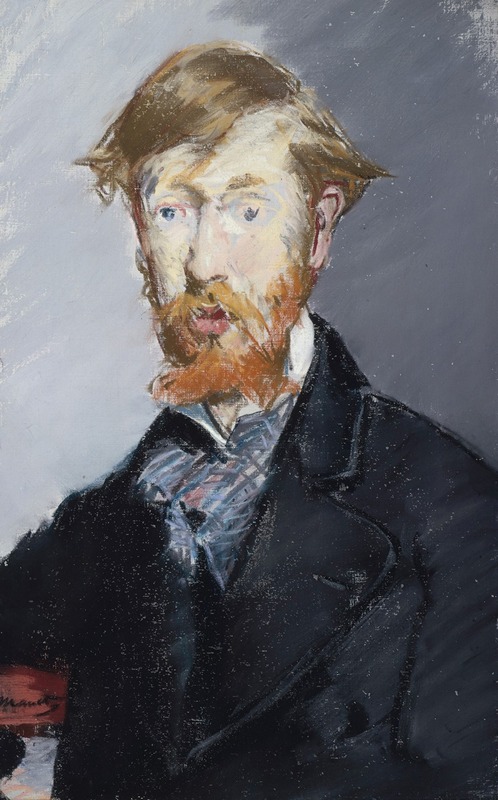
George Moore
A hand-painted replica of Édouard Manet’s masterpiece George Moore, meticulously crafted by professional artists to capture the true essence of the original. Each piece is created with museum-quality canvas and rare mineral pigments, carefully painted by experienced artists with delicate brushstrokes and rich, layered colors to perfectly recreate the texture of the original artwork. Unlike machine-printed reproductions, this hand-painted version brings the painting to life, infused with the artist’s emotions and skill in every stroke. Whether for personal collection or home decoration, it instantly elevates the artistic atmosphere of any space.
Édouard Manet, a pivotal figure in the transition from Realism to Impressionism, painted "George Moore" in 1879. This portrait captures the Irish writer George Moore, who was an influential literary figure and a contemporary of Manet. The painting is an example of Manet's skill in portraiture, showcasing his ability to capture not only the physical likeness of his subjects but also their personalities and social status.
George Moore was known for his contributions to literature, particularly in the naturalist movement, and his works often explored themes of realism and modernity. His connection to Manet and other artists of the time highlights the interconnectedness of the literary and art worlds in late 19th-century Paris. Moore was an advocate for modern art and was deeply influenced by the Impressionists, which likely led to his association with Manet.
The portrait itself is a testament to Manet's distinctive style. He employed a loose brushwork technique, which was characteristic of his later works and indicative of the Impressionist influence. The use of light and shadow in the painting is subtle yet effective, creating a sense of depth and realism. Manet's choice of color palette is restrained, focusing on earthy tones that lend the portrait a sense of gravitas and sophistication.
In the painting, Moore is depicted in a seated position, exuding an air of intellectual confidence. His attire is formal, reflecting his status as a respected writer and intellectual. Manet's attention to detail is evident in the rendering of Moore's facial features, capturing his contemplative expression and thoughtful demeanor. The background is kept simple, ensuring that the viewer's focus remains on the subject.
Manet's portrait of George Moore is not only a representation of the writer himself but also a reflection of the cultural milieu of the time. The late 19th century was a period of significant change and innovation in both art and literature, with figures like Manet and Moore at the forefront of these movements. This painting serves as a historical document, capturing the essence of an era marked by a shift towards modernity and a break from traditional artistic conventions.
The relationship between Manet and Moore was one of mutual respect and admiration, with both men recognizing the other's contributions to their respective fields. This portrait stands as a testament to their friendship and shared commitment to pushing the boundaries of their art forms.
Today, "George Moore" by Édouard Manet is appreciated not only for its artistic merit but also for its historical significance. It offers insight into the dynamic interactions between artists and writers during a transformative period in European cultural history. The painting remains an important piece within Manet's oeuvre, exemplifying his mastery of portraiture and his ability to convey the complexities of his subjects with nuance and depth.






